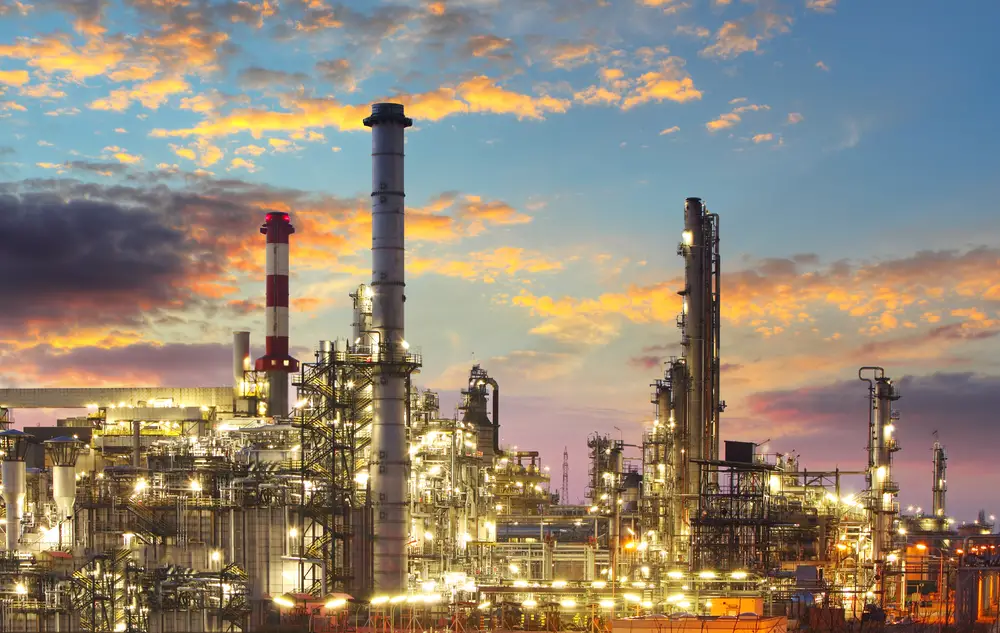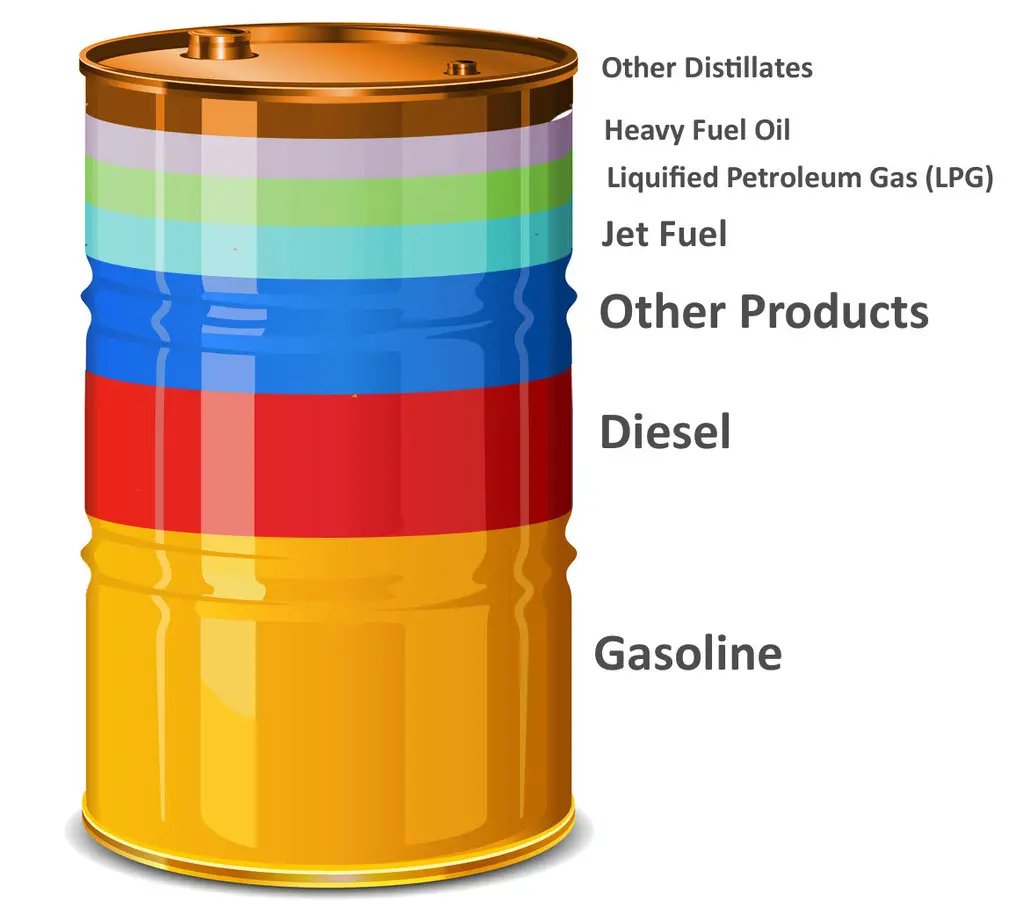It’s known as “Black Gold” and “Texas Tea,” and it fuels our cars, airplanes, and ships so they can go, but what we get from an ordinary barrel of crude oil might be more than you probably think.
Let’s start by defining the kinds of oil because all oil is not created equal. Crude oil is described as being either “light” or “heavy.” Light oil has a low viscosity, it flows easily, and it has a light color. It also has a low sulfur content. Heavy crude oil is just the opposite. It has a higher sulfur and metal content, and it has to be heated up to become liquid. “Heavy” crude oils are often less expensive and a lower grade.
Crude oil is further broken down as either “sweet” or “sour,” and no, it has nothing to do with the taste, thank goodness. “Sweet” crude oil has a lower concentration of sulfur compounds, while “sour” crude oil has a higher concentration of sulfur compounds. But that isn’t where the classification of oil stops.
There are over 280 different crude oil names, types, and grades worldwide. Every place that pulls crude oil from the ground produces an oil with a different characteristic and different properties. Each type of oil, depending on where it’s from, has a different sulfur content and different API gravity, which is the American Petroleum Institute’s measure of how light or heavy a petroleum liquid is compared to water.
But what do we make out of a barrel of oil? (Which don’t come in barrels anymore, but we’ll get to that later)
Crude oil can’t be made into anything useful until it’s refined. The refining of oil starts by boiling the liquid. This separates the oil into different gases and liquids in a distillation column. Crude oil is made up of hydrocarbons and breaks down into gases at different boiling points. As the gases rise in the distillation column, it begins to cool and condenses back into a liquid. Each different liquid is then separated and further refined. This makes a variety of different products.
Some elements of crude oil are also refined by cracking, which breaks down heavy oil molecules into smaller ones to create gasoline, low-quality diesel, or fuel oil. Below you can see what products are made during the refining process.
A 42-U.S. gallon barrel of oil yields about 45 gallons of petroleum products, three more than the original barrel. Gasoline makes up about 40% of a barrel of oil or about 19 to 20 gallons of oil. Diesel is next and makes up about 12 gallons from a barrel of oil, while jet fuel makes up about four gallons. Around six gallons in a barrel of oil make a range of other petroleum products, and approximately three gallons from a barrel of oil make heavy fuel oil, heating oil, and liquefied petroleum gas.
Petroleum is used in a wide variety of products, from paint, tires, solvents, and ink, to asphalt, roof shingles, cosmetics, and Vaseline (or petroleum jelly), to name just a few. The graphic below shows the main products that come from a barrel of oil.
Why is oil measured in barrels?
Oil doesn’t come in barrels anymore, and no one can buy a barrel full of oil. As stated before, a barrel of oil is measured as 42 U.S. gallons and has become the standard of how oil is talked about. But when oil was discovered in Titusville, Pennsylvania, in 1859, it was stored in anything that could hold oil.
As the oil industry grew, a better way was needed to transport oil, so an idea came about from the whiskey industry. Whiskey was stored and transported in 40-gallon barrels. Those in the oil industry used the same concept but added two extra gallons to cover oil that was spilled during transport. The barrels allowed buyers a standard measure when they purchased crude oil. But as time went on, having oil in barrels was not efficient, and today all oil is pumped directly into ships or tankers.
The price of oil is also quoted in barrels using the abbreviation of per bbl. Bbl is believed to stand for Blue Barrel, an acronym that originated with the Standard Oil Company. The company used blue barrels to transport its crude oil. There is another origin belief that “bb” came from the addition of the two extra gallons that were added for spillage during transport. Either way, bbl is the standard acronym that is used to describe the price per barrel of oil today.
Sources: Chevron, Intertek, UK Finance Yahoo, AFPM, World-petroleum.org, Energy.gov, eia.gov




